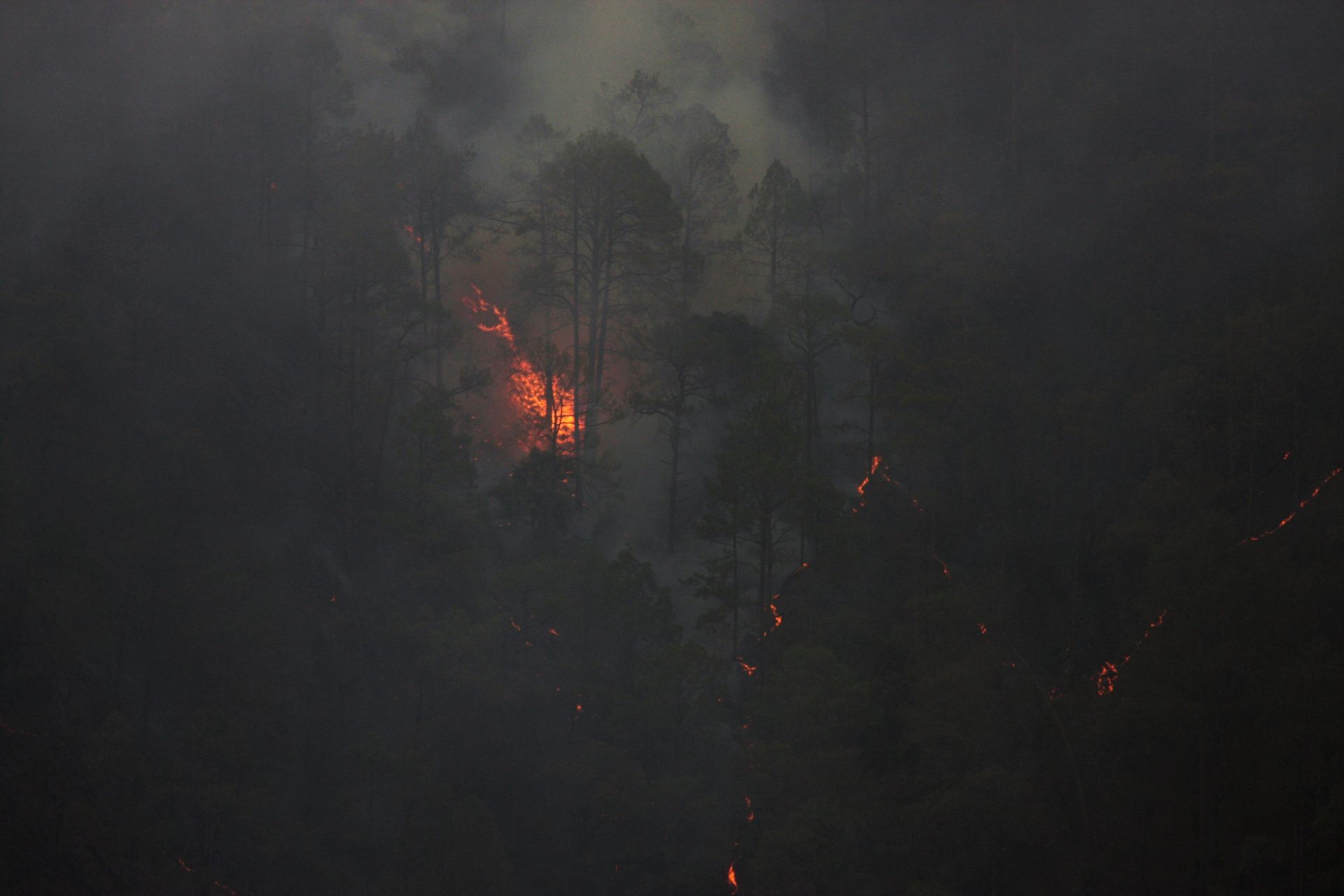Inflation, blocked rate increases, and mass non-renewals are converging—and the fallout is hitting fast.
Just days before the wildfires tore through Los Angeles County in early 2025, many homeowners received a letter they’d feared for months: non-renewal notices from their insurers. Coverage pulled. Risk reclassified. Protection gone. Not after the disaster—before it.
This isn’t a one-off. It’s a red flag for every regulator, carrier, and InsurTech innovator watching the West Coast burn.
Welcome to the New Reality
The trifecta of pain hitting insurance:
- Inflation-fueled severity: The cost to rebuild a home has risen 30–40% due to material shortages and labor hikes. CoreLogicand Veriskboth note reconstruction costs are rising faster than premiums.
- Rate increase restrictions: Departments of Insurance in California and beyond are blocking or delaying rate increases that would allow insurers to adjust for rising risk.
- Carrier market exits: State Farmand Allstatealready announced full withdrawals from new business in California. Others are quietly trimming books ZIP code by ZIP code.
The Wildfire Tipping Point
What happened in LA is just the beginning. According to the California Department of Insurance, over 300,000 homeownersare now in FAIR Plan policies due to a lack of private coverage options. And the problem is escalating.
Victims in Malibu and Topanga Canyon reported being dropped mere weeks before losing their homes. Others were left without options, forced into high-risk pools with limited coverage.
The Trust Gap
At its core, insurance is a promise. What happens when that promise is broken before disaster even strikes?
We’re entering a trust crisis:
- Consumers no longer believe insurers will be there when it matters.
- Regulators are caught between consumer protection and carrier solvency.
- Carriers are optimizing portfolios at the expense of vulnerable regions.
Where Tech Can Help (And Where It Can’t)
Let’s be real: No app is going to fix climate-driven risk. But InsurTech can help restore transparency, speed, and trust.
We need:
- Geospatial risk enginesthat assess exposure block-by-block, not just by ZIP
- Automated reinsurance matchingto share risk earlier and more efficiently
- Rate increase justification toolsthat model inflation and climate shifts dynamically
- Real-time policy monitoringfor consumers to see if they’re at risk of non-renewal
Companies like ZestyAIare using AI and satellite imagery to enhance wildfire risk models. Cape Analyticsis providing roof condition insights and location data to adjust pricing faster. But the true opportunity lies in building tools for regulators and consumers, not just carriers.
Advancio’s Take: Build the Infra That Rebuilds Trust
We’ve worked with partners to create:
- FNOL bots tied to real-time weather eventsvia Azure Maps + Power Platform
- Automated policy audit dashboards that predict lapse and non-renewal risk using Azure Synapse Analytics
- Customer-facing portals for policy status visibility—especially in high-risk states like CA and FL
The tech already exists. What’s missing is the urgency and clarity to deploy it at scale.
The Regulatory Gap
InsurTech has largely ignored the regulator as a stakeholder—but that’s a mistake. Rate filings, risk justification, and market exits will all require better digital infrastructure.
Imagine a shared risk model API, accessible by carriers andregulators, that provides:
- Climate risk forecasts from Jupiter Intelligence
- Economic impacts modeled by Swiss Re Institute
- Inflation-indexed claims pricing from Xactware
This is where the next wave of funding should go—not just to underwriting platforms, but to policy stability platforms.
Call to Action
The Los Angeles wildfires are a tragedy. But they’re also a signal: The current model can’t hold. Tech can’t stop the fires—but it can restore transparency, streamline renewals, and support fair pricing modelsthat don’t implode under stress.
Want to help build the tech that keeps insurance honest—even in a wildfire? Explore our Risk & Resilience Infrastructure Stack to see how we’re building tools that scale under pressure.
